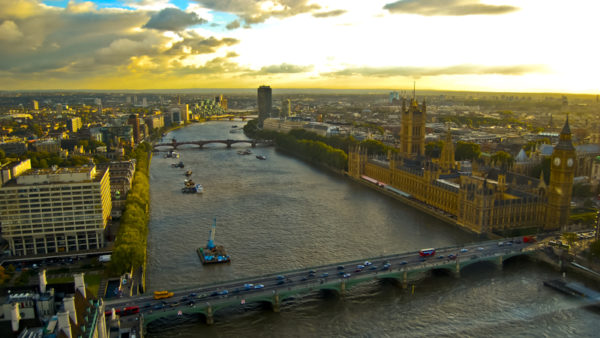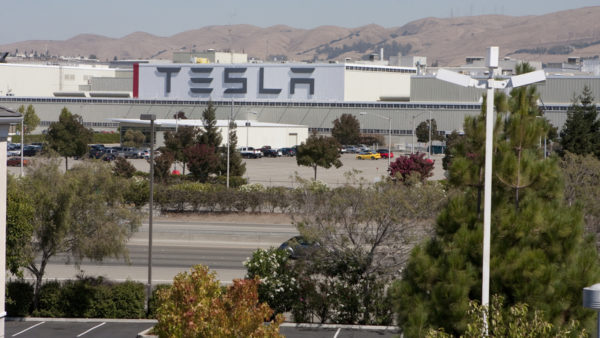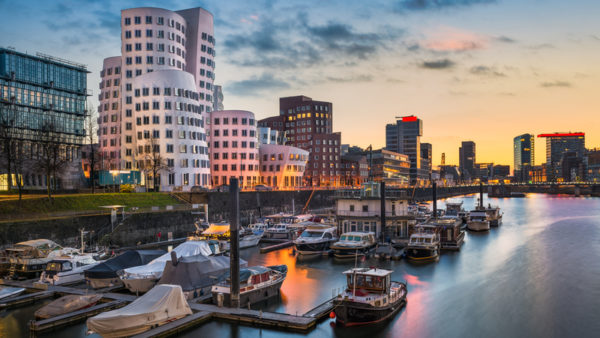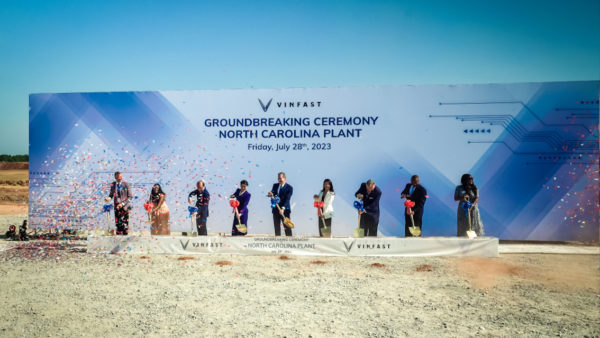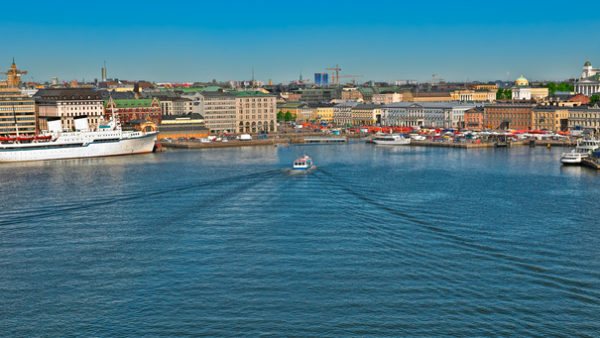A Beijing-based property developer has signed a deal to develop and manage 57 of the 700 square kilometres set aside for Egypt’s new administrative capital, which is planned for a site to the east of Cairo.
The agreement, announced by the Egyptian government on Monday, 3 October, is with China Fortune Land Development (CFLD), a public company founded by Chinese billionaire Wang Wenxue.
The project marks a departure for CFLD, known for large-scale industrial projects mostly in China.
It will invest $20bn in the scheme, following on from an earlier deal with state-owned China State Construction Engineering Corporation (CSCEC). Under the terms of this agreement, announced in May, China will invest $15bn on 14 government offices and Africa’s largest conference centre.
The CSCEC project will be carried out in the first phase of the construction of the city, which has still not been given a name. CFLD’s programme, which will include residential, commercial and infrastructure, will be part of the second phase.
A safe distance
The total cost of the city is put at about $45bn. Its prospectus mentions 10,000km of streets served by an airport larger than London’s Heathrow, a park double the size of Central Park in New York, a building taller than the Eiffel Tower and a theme park four times the size of Disneyland. All this work was scheduled to be completed within 10 years, later shortened to between five and seven.
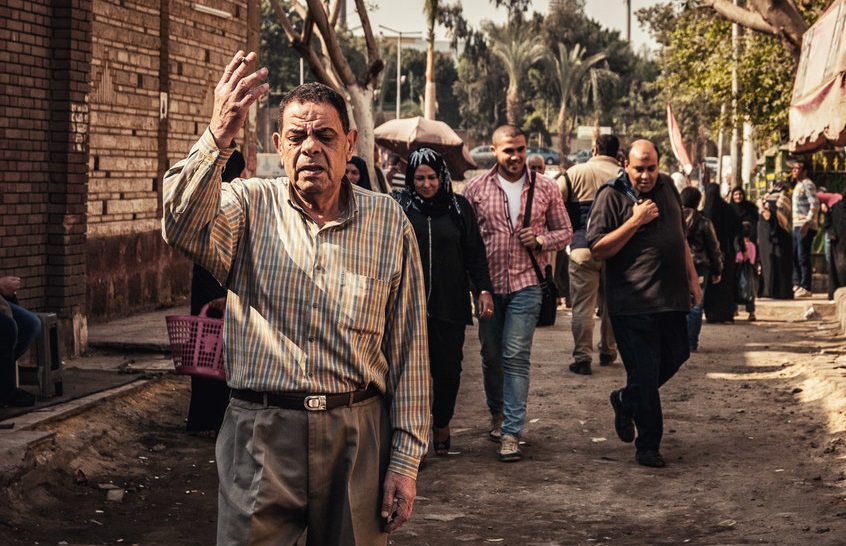
City of the dead: the Cairo necropolis where the poorest inhabitants live and work (Michal Huniewicz/Creative Commons)
Egypt’s plans to move its government out of Cairo were announced in February last year. The aim was to copy countries such as Brazil, Pakistan, Turkey and Australia, which separated their administrative and commercial centres in the 20th century.
Mohsen Salah El Din, the chief executive of the state-owned company Arab Contractors, told USA Today: "We had to find an alternative location to suck this congestion out of Cairo and relocate where the government would be and where the civil servants working in these agencies would live so that they don’t have to commute long distances between home and work."
The move would also have the effect of insulating the government from the volatile street politics of Cairo – the scheme was originally mooted by Hosni Mubarak, the president who resigned amid the popular uprisings of 2011.
Not so farcical
The government said that it wanted the whole of the scheme to be paid for by third-party investors. At the time, the expectation was that these would come from public funds in the UAE and Saudi Arabia, the two countries most anxious to support the regime of Abdel Fattah al-Sisi against the Muslim Brotherhood. It was suggested in the press that the Abu Dhabi-based firm Eagle Hills had been chosen for the work.
In March 2015, US architecture giant Skidmore, Owings & Merrill produced an "initial framework and core principles" for "the Capital Cairo", as it called the project.
This billed the development as "pedestrian-focused and people-friendly" with "vibrant urban places of mixed-use squares and public plazas". It said: "Gardens, public parks and recreation spaces will also bring people together. It will be buzzing with life day and night."
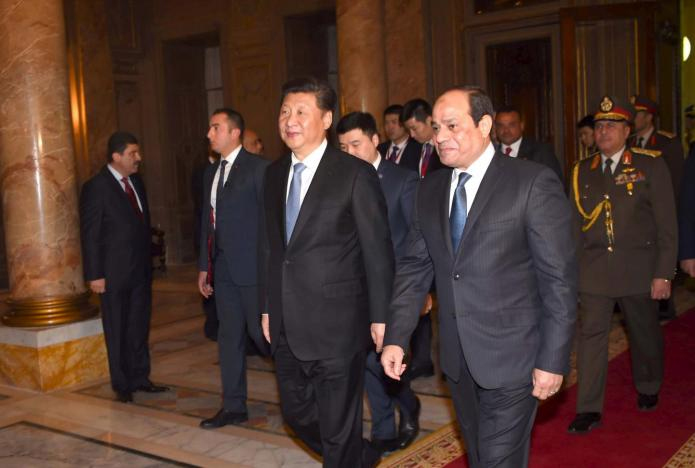
Presidents Xi Jinping and Abdel Fatah al-Sisi during their January meeting (Egyptian Government)
Although the Egyptian army was to provide the land for the city, the government was not paying for anything. It therefore had limited control over how the project would be taken forward, and SOM’s designs were necessarily sketchy and aspirational rather than concrete and detailed.
The Gulf states, which had problems of their own to attend to, quickly dropped out of the picture as the project’s principal sponsors, and there was some scepticism among Egypt-watchers as to whether anything would actually be built. In November 2015, for example, Nezar al-Sayyad, a professor of architecture at the University of California, Berkeley, described the plan as "farcical" and said it failed to achieve "any prerequisite of success".
That was before the Chinese arrived.
CSCEC signed a memorandum of understanding to "study building and financing" in September 2015. However the scheme only began to take definite shape after a visit to Cairo in January by Chinese president Xi Jinping (pictured), during which 21 investment deals were signed, including one covering CSCEC’s work on the first phase of the capital.
With an intergovernmental agreement signed, CSCEC and Arab Contractors broke ground on the first schemes in April of this year.
Top image: SOM’s vision of a vibrant, people friendly new city
Further Reading:





